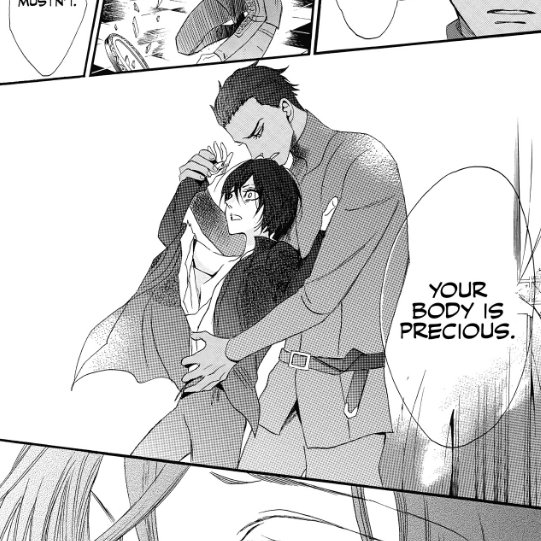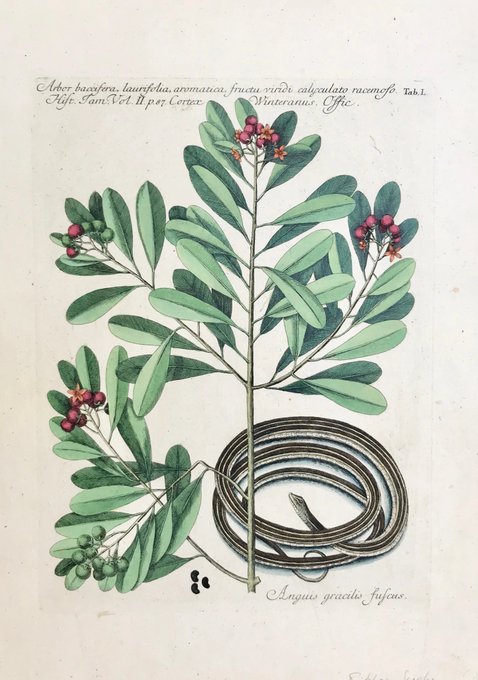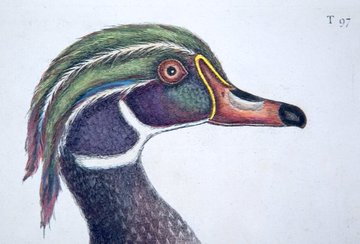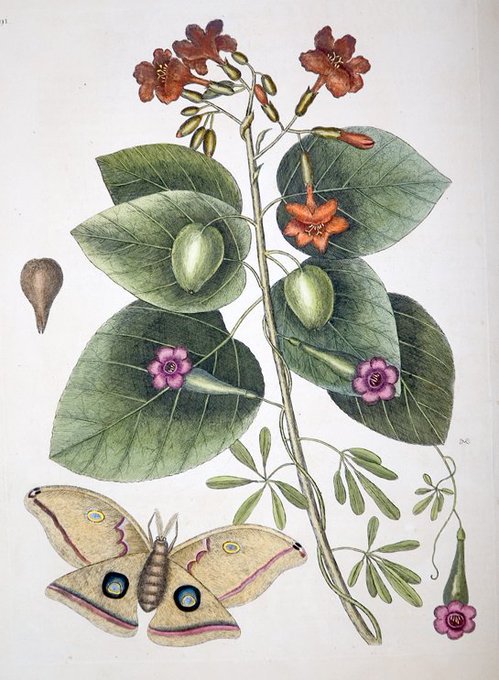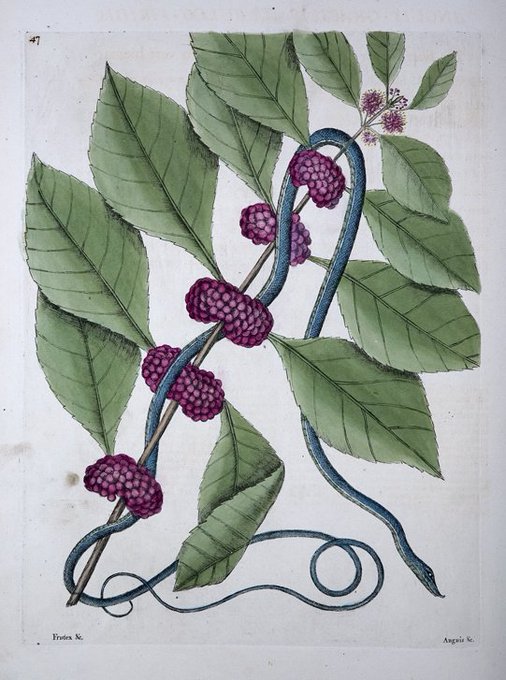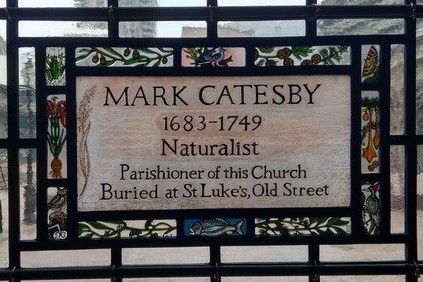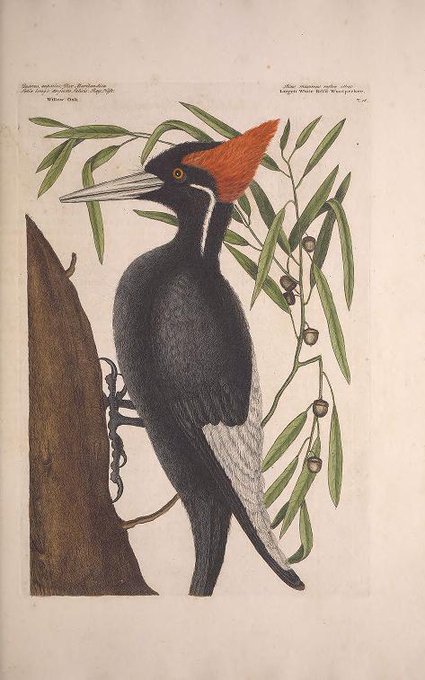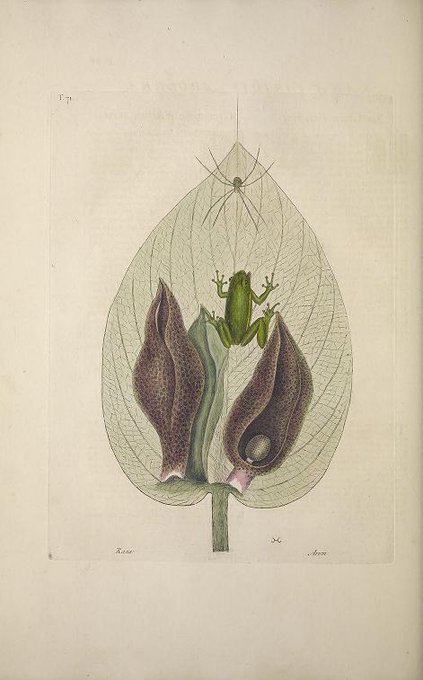catesbyのTwitterイラスト検索結果。 101 件中 2ページ目
Catesby! Lacertus Indicus Anona maxima and Manghala arbor Curassavica...
Splendid botanicals with so much love for details. Look at those animals
https://t.co/XQzm3xX9r5
Mark Catesby
Mark Catesby, ( 1682 - 1749 ) was born in England. His first extended journey to the Southeast of the United States of North America took place between 1712 and 1719.
https://t.co/Lpf4lbgssc
Stunning and most decorative Parrots
Seligmann, Johann Michael, Nuremberg 1770-1773.
The famous Catesby-birds are of the general area of the Carolinas, Florida and the Caribbean!. Original hand coloring.
https://t.co/p6GKP77qJ2
This illustration from Mark Catesby's The natural history of Carolina, Florida, and the Bahama Islands (1771) shows a more common fox squirrel color (and a lovely yellow lady slipper):
Another surprise is to see Edward beat out his dad - with Henry being the main love interest and focus outside of Richard for the entire first arc, but maybe Edward fans are just enthusiastic for him. Also great to see appreciation for my man Catesby coming in at #3!
so we get the first example of the anime censoring stuff... there'll have to be a lot more
(also the PV doesn't give context for this but this scene is more of Catesby restraining Richard rather than anything weird sexually going on)
Catesby are the best! Mark Catesby was born in England. His first journey to the United States took place between 1712 & 1719. He had a sharp observing eye and began to depict animals, reptiles, insects & plants which he later published in London as Natural History of Carolina...
@LinneanSociety @isacharmant @UofSC Mark Catesby antique prints to enjoy
The booklet is truly beautiful (even as an e-copy), and had wonderful stories about Mark Catesby's art. The link is here: https://t.co/1xFW9Hu8Q7
If in London, you can go see the new window at Sr Giles Church, Chripplegate. #catesby #naturalhistory
Icebreaker during diss fellows' orientation at @mcneilcenter was "what would you reproduce or bring back from early America." I went with extinct birds for some reason. But RIP to the Carolina parakeet and passenger pigeon, recorded by Mark Catesby in the 1720s. #vastearlyamerica
@gregg_sh Henrietta McBurney’s book (just out) on Catesby might be worth a look. I haven’t seen it yet tho’
Earlier this week Dame Professor Mary Beard gave an opening speech at the launch party for the latest PMC publication Illuminating Natural History: The Art and Science of Mark Catesby by Henrietta McBurney.
Available now via @YaleBooks: https://t.co/OC3G1Jgjpk
@wmarybeard
The Indigo Bunting, depicted by Mark Catesby in "The natural history of Carolina, Florida and the Bahama Islands" (@BioDivLibrary : https://t.co/MuCaopd79R) is on the decline.
How can you help? For #WMBD2021, @NationalZoo has #LiveBirdFriendly tips: https://t.co/XCLYEWtl0y
Looking for #weekend reading? Spend some time with our #blog by E. Charles Nelson about Mark Catesby, 1683-1749, #author & #Illustrator of "The natural history of Carolina, Florida and the Bahama Islands", 1729-1747: https://t.co/UX08W5mvmM #GoodReads Images @BioDivLibrary
We missed Mark Catesby's birthday yesterday, but any day is a good day to share #SciArt from his beautiful "The Natural History of Carolina, Florida and the Bahama Islands" (1683-1749). #oakspringgardenlibrary
Today marks the #birthday of naturalist Mark Catesby, who was born #OTD in 1683. @RHSLibraries hold a copy of his Natural History of Carolina [581.9 (7P) CAT], which is filled with vivid, #engraved plates depicting the flora & fauna he encountered during his #travels. #rarebooks
@NatGeo "Arbor foliis pinnatis Spica fericea Alp. Vipera nigra"(Mark Catesby)
"Vipera Ferro Di Lancia - Vipera lanceolata" (from the "Atlante Zoologico Popolare" published in Naples (1863) by Giovanni Boschi)
https://t.co/f2J2eDUoel
@JOppenheimerInc Der Specht mit Verguldeten Fluegeln
Picus varius major alis aureis Grand Piverd aux ailes d'or
After Catesby.
Seligmann, Johann Michael (engraver and art dealer in Nuremberg 1720-1762)












